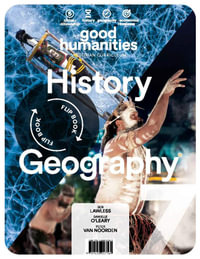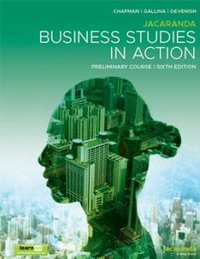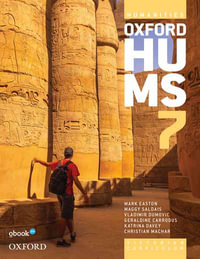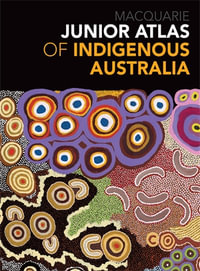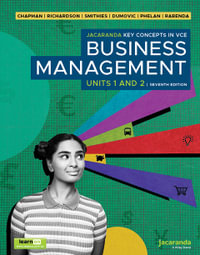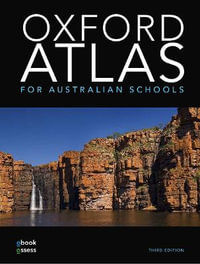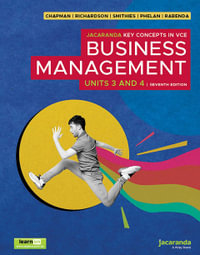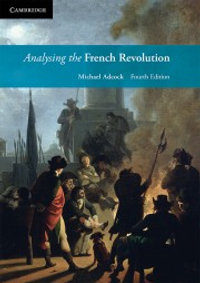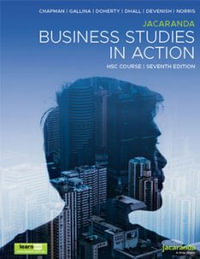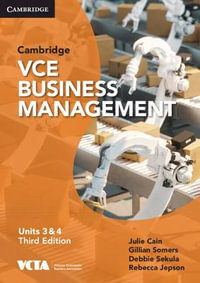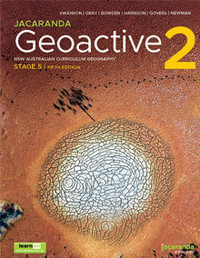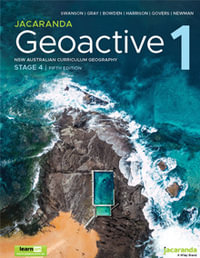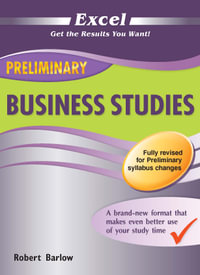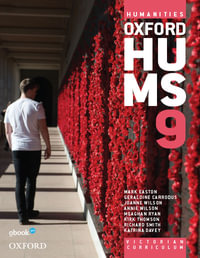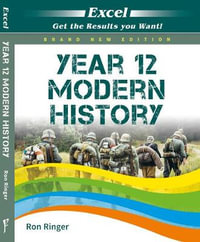How to use the Jacaranda Humanities Alive resource suite viii
Acknowledgements xi
1 Historical skills and concepts 1
1.1 Overview 1
1.2 Why we study history 2
1.3 Historical skills 4
1.4 Ages, time and chronology 9
1.5 Detective work and archaeology 12
1.6 How old is it? 16
1.7 Perspectives and empathy 19
1.8 SkillBuilder: Sequencing events in chronological order
1.9 Review
2 The ancient world: c. 60 000 BCE to c. 650 CE 25
2.1 Overview 25
2.2 Examining the evidence 27
2.3 Out of Africa 29
2.4 A changing Paleolithic world 32
2.5 An amazing journey 35
2.6 The Mesolithic Age 38
2.7 The New Stone Age 40
2.8 Cities, laws, government 42
2.9 Society and culture 45
2.10 Civilisations and empires in North Africa, western Asia and Europe 48
2.11 Civilisations in South and East Asia 50
2.12 Ancient American civilisations 53
2.13 The ancient birth of modern religions and philosophies 56
2.14 SkillBuilder: Describing broad patterns of change
2.15 Thinking Big research project: Museum exhibition guide
2.16 Review
3 Ancient Australia 63
3.1 Overview 63
3.2 Examining the evidence 65
3.3 The first people of Australia and the Torres Strait Islands 67
3.4 Managing an ancient land 72
3.5 Language and ceremony in ancient Australia 76
3.6 The ancient Australian economy 79
3.7 Society, custom and culture 85
3.8 Conflict and death in ancient Australia 89
3.9 Conserving the past 93
3.10 SkillBuilder: Developing a hypothesis
3.11 Thinking Big research project: Communicating Kulin knowledge
3.12 Review
4 Ancient Egypt 103
4.1 Overview 103
4.2 Examining the evidence 105
4.3 The gift of the Nile 106
4.4 The people of Egypt 108
4.5 Pharaoh rules! 113
4.6 Gods and the afterlife 116
4.7 Mummies unwrapped 119
4.8 Write like an Egyptian 121
4.9 Pyramid builders 125
4.10 Tutankhamen, Akhenaten and Nefertiti 127
4.11 Expansion and fall 129
4.12 Rameses II — Egypt’s greatest pharaoh? 132
4.13 Egypt’s heritage 134
4.14 SkillBuilder: Analysing and corroborating sources
4.15 Thinking Big research project: Ancient Egyptian archaeological excavation
4.16 Review
5 Ancient Greece 139
5.1 Overview 139
5.2 Examining the evidence 141
5.3 The Minoans and Mycenaeans 143
5.4 The ‘Dark Age’ to the Archaic Period 147
5.5 Government in Athens and Sparta 150
5.6 Everyday life in Sparta 153
5.7 Everyday life in Athens 157
5.8 Laws, myths, gods and oracles 161
5.9 The Olympic Games 165
5.10 Greeks, Persians and Alexander the Great 167
5.11 The heritage of ancient Greece 171
5.12 SkillBuilder: Analysing and corroborating sources
5.13 Thinking Big research project: Helot manifesto
5.14 Review
6 Ancient Rome 176
6.1 Overview 176
6.2 Examining the evidence 178
6.3 The rise of the Romans 180
6.4 The spreading empire 183
6.5 The Roman army 185
6.6 Citizens and rulers 187
6.7 Spartacus and Nero: two significant individuals 191
6.8 Living in the Roman Empire 195
6.9 Death and the Romans 199
6.10 Roman law and religion 201
6.11 Decline and fall 205
6.12 Heritage of Rome 207
6.13 SkillBuilder: Analysing and corroborating sources
6.14 Thinking Big research project: Campaign manager for a Roman Magistrate
6.15 Review
7 Ancient China 213
7.1 Overview 213
7.2 Examining the evidence 215
7.3 China’s civilisation begins 216
7.4 The people of ancient China 219
7.5 Everyday life and death 221
7.6 Ancient China and the natural environment 224
7.7 Confucianism, religion and law 226
7.8 Qin Shihuang, the first emperor of China 230
7.9 The rise and fall of the Han 234
7.10 The heritage of China 238
7.11 SkillBuilder: Analysing different perspectives
7.12 Thinking Big research project: Han dynasty guide
7.13 Review
8 Ancient India 243
8.1 Overview 243
8.2 Examining the evidence 245
8.3 The geography of India 247
8.4 Lost cities of the Indus Valley 248
8.5 Contacts and conflicts: India and the ancient world 256
8.6 The Mauryan Empire: India’s first unified state 261
8.7 Ashoka the Great 263
8.8 The religions of ancient India 266
8.9 SkillBuilder: Analysing different perspectives
8.10 Thinking Big research project: Hindu god fact cards
8.11 Review
Glossary 277
Index 282









